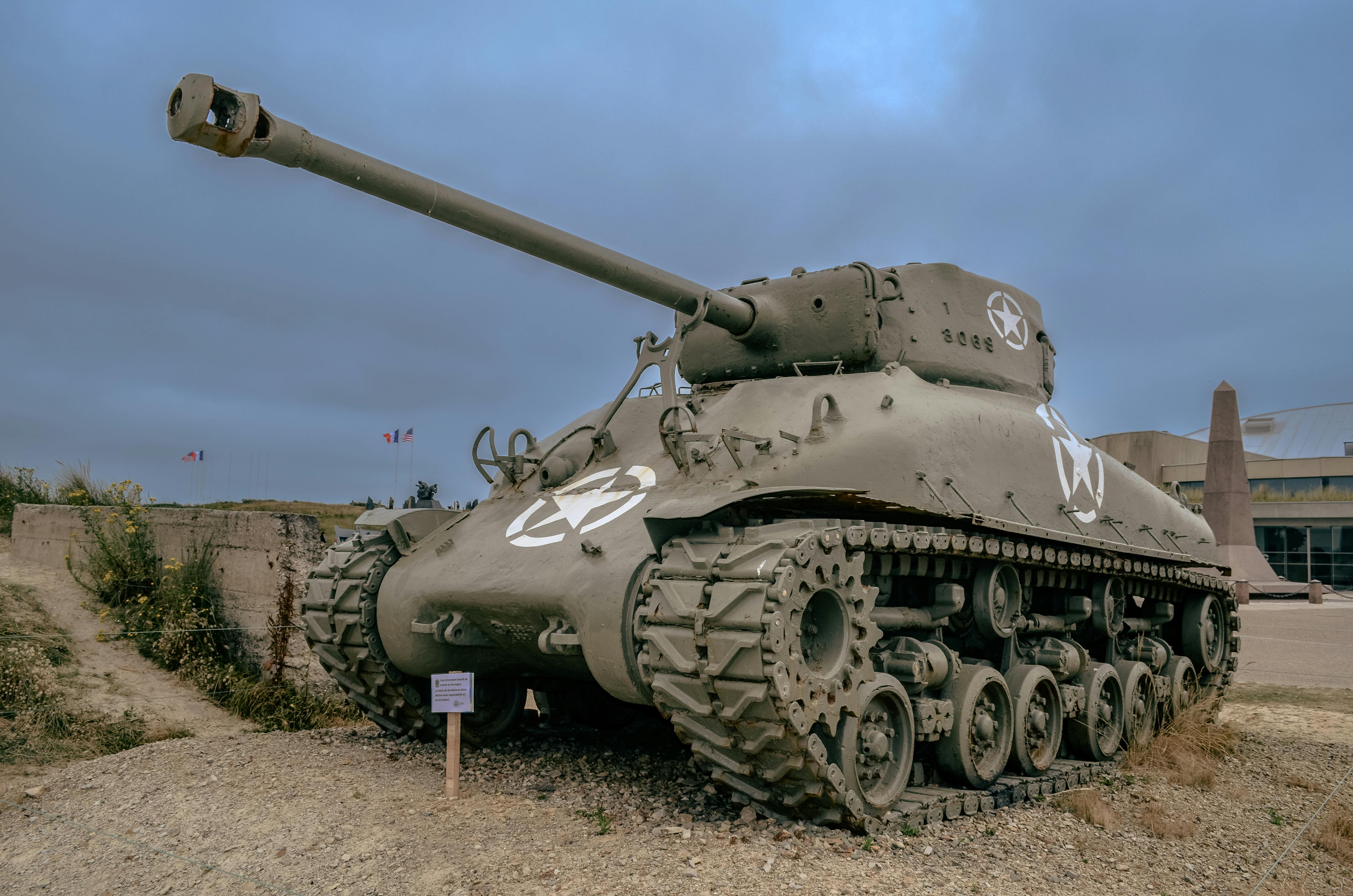Battle of Normandy The Decisive World War II Campaign
Battle of Normandy The Decisive World War II Campaign

Could one single day truly change the world? On June 6, 1944, it did. This post invites you to explore the Battle of Normandy, the pivotal World War II campaign that led to the liberation of German-occupied Western Europe. This campaign was far more than a single day's fight; it was a grueling, two-month struggle that defined the final act of the war. We will delve into the monumental efforts of D-Day, analyze the key operations that followed, and trace the path to the decisive Allied victory that reshaped history.Understanding the Battle of Normandy is to understand the sheer scale of strategic planning, sacrifice, and international cooperation required to turn the tide against tyranny. For students of history, military enthusiasts, and anyone fascinated by the defining moments of the 20th century, this campaign offers profound lessons in courage and strategy. Join us as we break down one of the most complex and significant military operations ever undertaken.
Operation Neptune: The D-Day Landings
The first step in this colossal undertaking was codenamed Operation Neptune, the landing phase of the broader Operation Overlord. On D-Day, after a 1,200-plane airborne assault secured key inland positions, an unprecedented amphibious force of over 5,000 vessels approached the Normandy coast. The objective was to establish a secure foothold from which the Allies could push inland. Nearly 160,000 soldiers crossed the English Channel, a logistical feat of incredible proportions.
The coastline was divided into five key sectors. American forces were assigned to the beaches codenamed Utah and Omaha. British forces targeted Sword and Gold beaches, while the Canadians were tasked with landing at Juno. While the Allies failed to achieve all their objectives on the first day, they successfully gained a tenuous but vital foothold on French soil, marking the beginning of the end for Hitler's 'Atlantic Wall.'
The Grind Inland: Fighting Through the Bocage
Securing the beaches was only the beginning. The terrain immediately beyond the coast was the bocage, a nightmare landscape of dense hedgerows, sunken lanes, and small, heavily defended fields. This environment was perfectly suited for defensive warfare, and the German forces exploited it ruthlessly. Allied progress slowed to a crawl, measured in yards rather than miles, and casualties mounted at an alarming rate.The strategic objectives were critical ports and cities needed to supply the ever-growing Allied army. The port of Cherbourg was a primary target, finally captured on June 26, which provided a vital deep-water harbor. The historic city of Caen, a key objective for the first day, became the site of a prolonged and brutal battle of attrition, not falling completely into Allied hands until July 21. This phase of the campaign tested the resolve and adaptability of every soldier.

Key Operations and the Path to Victory
As the Allies pushed deeper, the German command attempted to throw them back into the sea. One of the most significant moments came on August 7, when German forces launched a major counterattack in an operation codenamed Lüttich. The Allied forces, forewarned by intelligence, successfully repelled the assault. This failed counter-offensive proved to be a catastrophic mistake for the Germans.
The German attack created an opportunity for the Allies to encircle the German 7th Army. In what became known as the Falaise Pocket, Allied forces trapped and destroyed the bulk of the German forces in Normandy. By August 19, an estimated 50,000 German soldiers were trapped, leading to a decisive Allied victory that shattered German defensive capabilities in the region. This victory, combined with the Allied landings in southern France (Operation Dragoon) on August 15, sealed the fate of the German forces. The successful liberation of Paris on August 25, 1944, was a direct result of the hard-won victory in Normandy. By August 30, German forces were in full retreat across the Seine River, marking the official close of Operation Overlord and the successful conclusion of a pivotal World War II campaign.
Conclusion: The Legacy of Normandy
To explore the Battle of Normandy is to witness a masterclass in military strategy and a testament to human endurance. From the breathtaking scale of the D-Day landings to the brutal, grinding combat in the hedgerows and the final, decisive Allied victory at the Falaise Pocket, this campaign was the critical turning point on the Western Front. It was the pivotal World War II campaign that directly led to the liberation of German-occupied Western Europe and, ultimately, the downfall of the Nazi regime.
The success of Operation Overlord was not guaranteed. It was earned through meticulous planning, technological innovation, immense bravery, and heartbreaking sacrifice. The lessons learned and the alliances forged during those summer months of 1944 continue to resonate today, reminding us of the cost of freedom and the extraordinary achievements possible when nations unite for a common cause.
Comments
Post a Comment